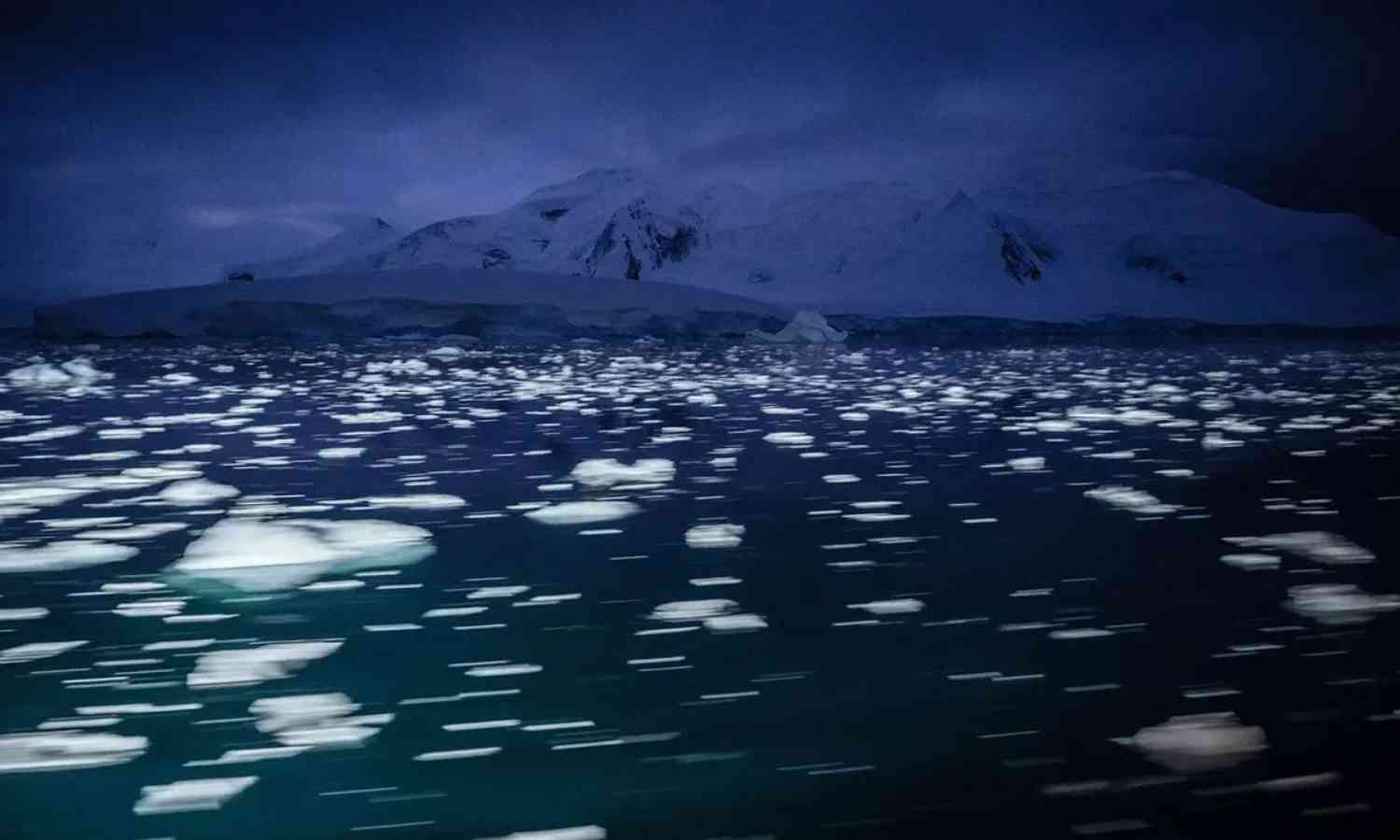The U.S. National Snow and Ice Data Centre (NSIDC) said on Monday that the sea ice that covers the ocean surrounding Antarctica reached record low levels this winter, promoting scientists' concerns that the effects of climate change at the southern pole are intensifying.
The shift, according to researchers, could have disastrous effects on creatures like penguins that breed and raise their young on the sea ice, as well as speed up global warming by limiting the amount of sunlight that white ice reflects back into space.
This year's Antarctic sea ice extent peaked on Sept. 10 at 16.96 million square kilometres (6.55 million square miles), the lowest winter maximum since satellite records began in 1979, according to the NSIDC.
Compared to the previous winter record, which was set in 1986, there is around 1 million square kilometres less ice.
"It's not just a record-breaking year, it's an extreme record-breaking year," said NSIDC senior scientist Walt Meier.
In a statement, NSIDC noted that the data was provisional and that a complete analysis would be released the following month.
In the Southern Hemisphere, the seasons are reversed, with sea ice often reaching its peak around September, near the end of winter, and later melting to its lowest point in February or March, near the end of summer.
Over the past ten years, the Arctic has suffered greatly from climate change, with sea ice rapidly declining as the northern area warms four times more quickly than the global average.
While the melting of Antarctica's glaciers is a result of climate change, it is less known how rising temperatures are affecting the sea ice near the southern pole. Between 2007 and 2016, there was a rise in sea ice extent.
Scientists worry that climate change may finally be revealing itself in Antarctic sea ice as a result of the recent shift towards record-low temperatures.
(Representative Image)
© Copyright 2023. All Rights Reserved Powered by Vygr Media.

























